Last spring, I found myself wandering through the Dolomites, a mountain region in northern Italy that took my breath away at every turn. The jagged peaks, emerald valleys, and charming villages made me wonder why this spectacular place isn’t on every traveler’s bucket list. The Dolomites are perhaps Italy’s most underrated mountain destination. They offer over 500km of trails, stunning Alpine scenery, and fewer crowds than the country’s more famous spots.
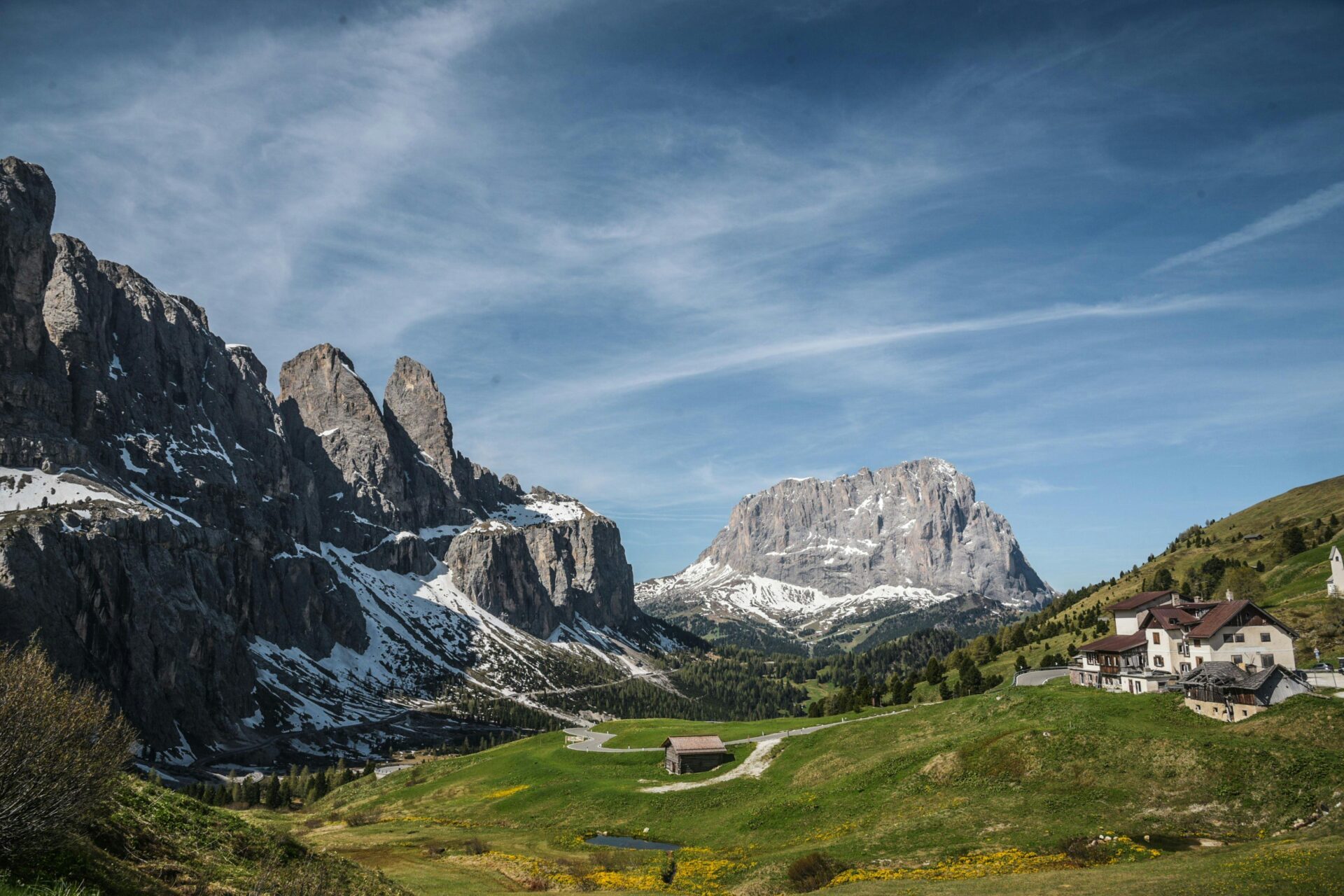
My week exploring this region was filled with unexpected delights. I hiked along paths with views that rivaled anything I’d seen in the Alps, enjoyed meals in tiny restaurants serving local specialties I’d never heard of before, and stayed in cozy mountain refuges that felt worlds away from Italy’s bustling cities. The blend of Italian and Austrian influences creates a unique cultural experience you won’t find elsewhere in the country.
What surprised me most was how accessible this magnificent place is while remaining relatively uncrowded. Unlike the packed streets of Venice or Florence, here I found space to breathe and connect with nature. Whether skiing in winter or hiking in summer, the Dolomites offer year-round adventure with that special Italian touch—amazing food, warm hospitality, and landscapes that seem almost too beautiful to be real.
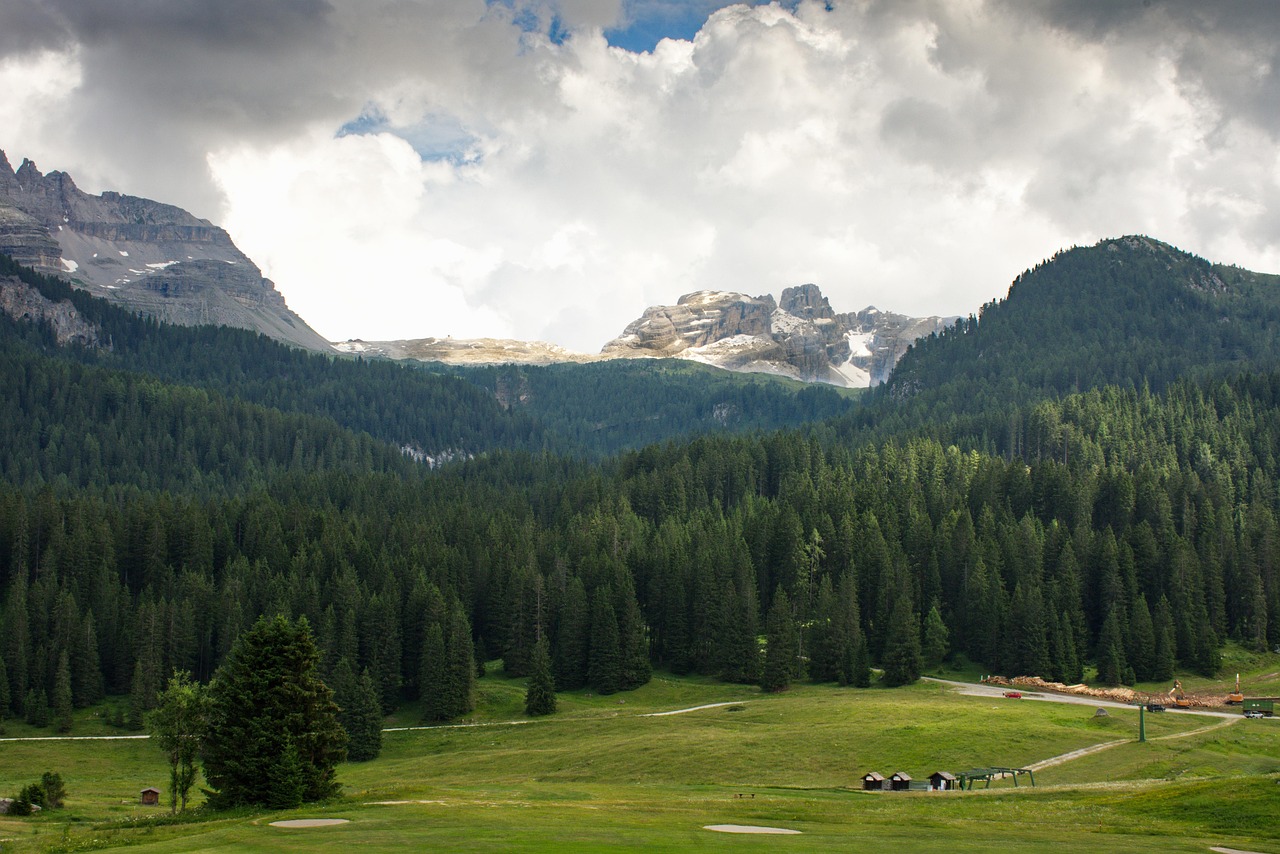
The Charm of Piedmont: Italy’s Hidden Gem
Piedmont captivated me with its perfect blend of pristine mountain landscapes and rich cultural heritage that remains surprisingly untouched by mass tourism.
Natural Beauty and Serenity
The moment I stepped into Piedmont, I was struck by the breathtaking scenery. Rolling green hills stretch as far as the eye can see, with the majestic Alps forming a dramatic backdrop. Unlike Italy’s more touristy regions, here I found peaceful landscapes and authentic experiences.
Val Grande National Park offered me some of the most serene hiking trails I’ve ever encountered. The untouched mountains provide perfect terrain for outdoor enthusiasts in every season.
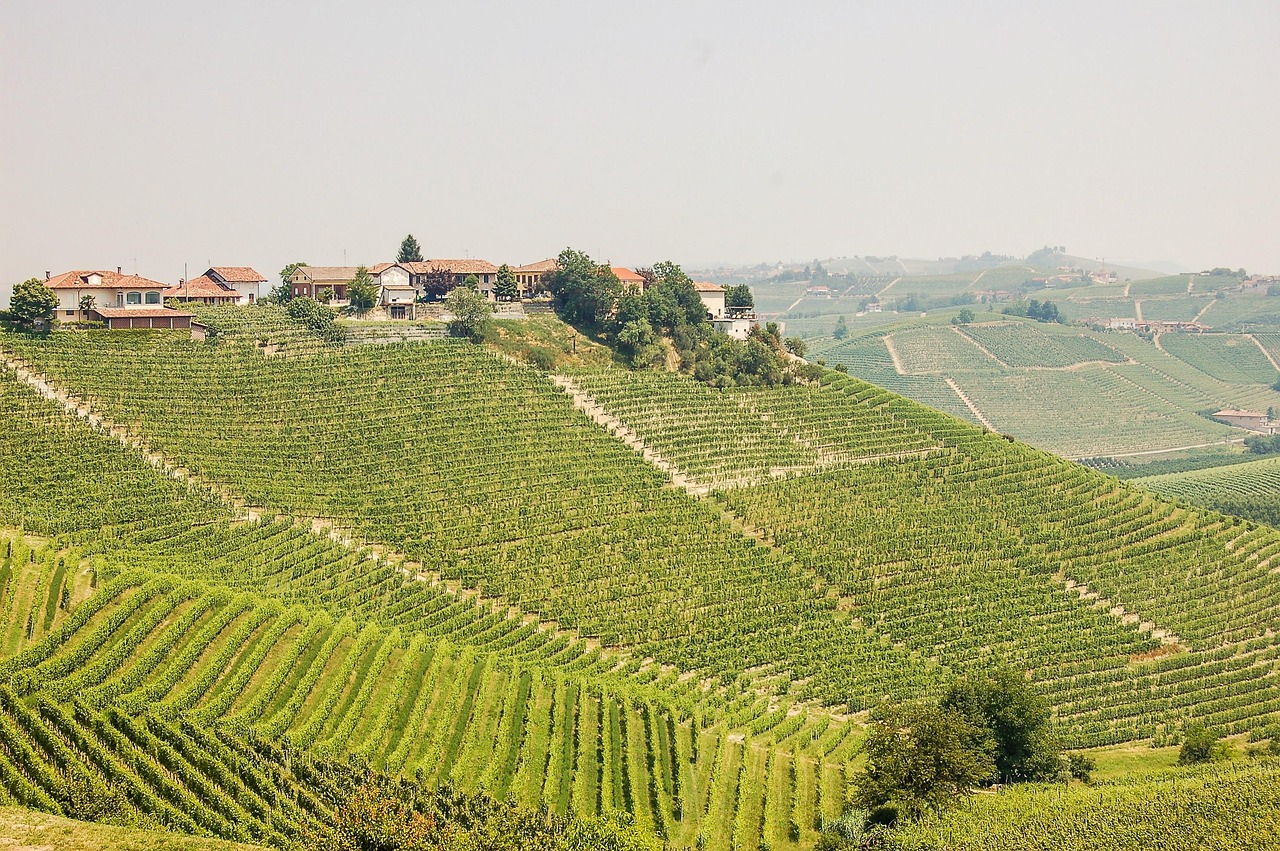
During my trek near Turin, I witnessed how the morning mist settled over vineyards in a way that felt almost magical. The region offers both tranquil nature experiences and winter sports opportunities for those who enjoy skiing.
What surprised me most was how few foreign tourists I encountered, making each vista feel like a personal discovery rather than a shared attraction.
A Deep Dive into Piedmont’s Wine Culture
Piedmont’s wines quickly became the highlight of my journey. The region produces some of Italy’s finest varieties, yet doesn’t see the tourist crowds of Tuscany.

I spent a memorable afternoon in the Barolo region, known as the “King of Wines.” These rich, complex reds come from the Nebbiolo grape and pair perfectly with local truffle dishes. The small family-run wineries welcomed me with genuine hospitality not found in more commercial establishments.
Nearby Barbaresco offered another sublime wine experience. The vintners explained their traditional methods while pouring generous tastings of their elegant reds.
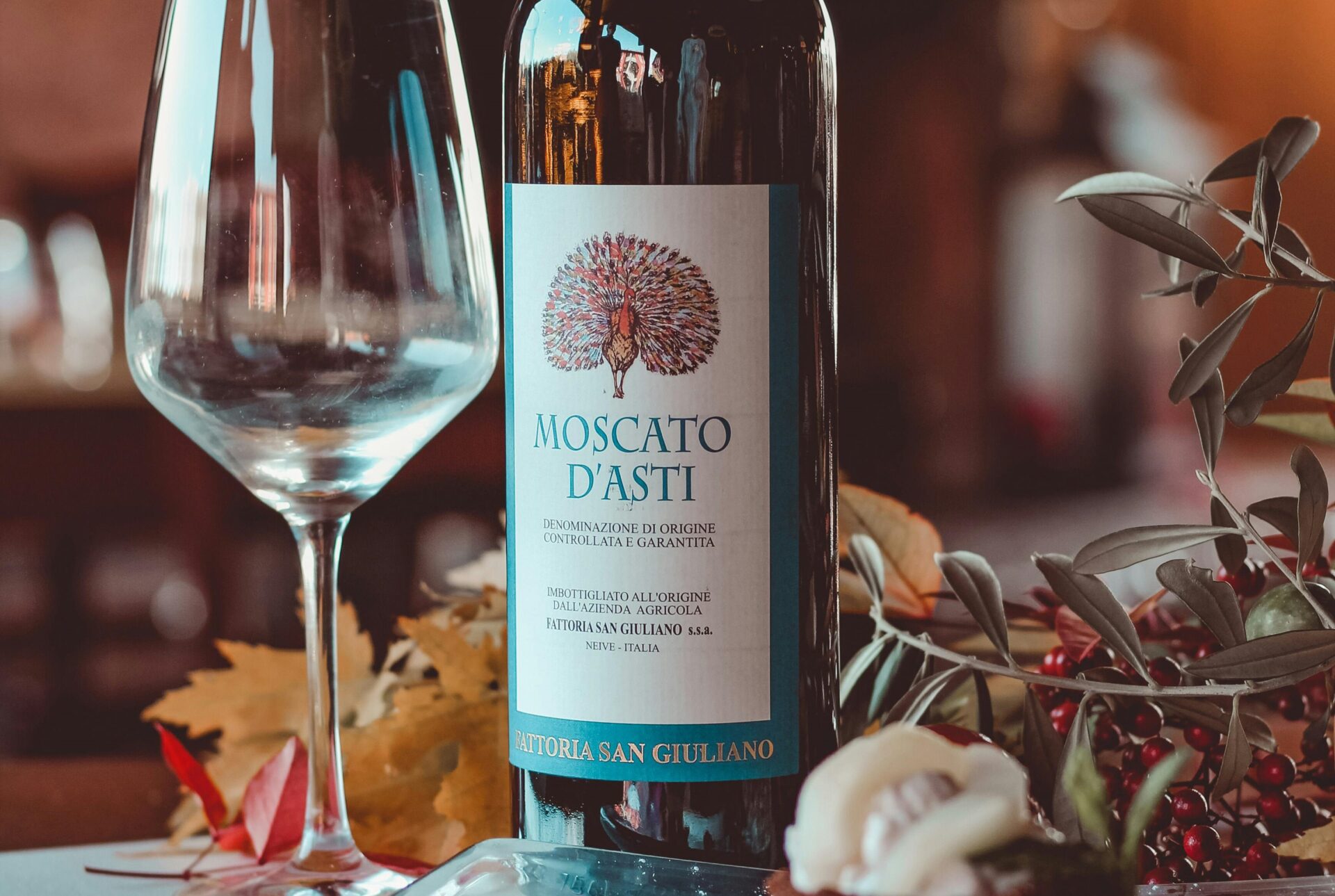
In Asti, I sampled the refreshing, slightly sweet Moscato d’Asti, perfect for warm afternoons among the vines. The winemakers’ passion was evident in every glass.
Culinary Delights Amidst the Mountains
The mountain regions of Italy harbor some of the most extraordinary culinary experiences I’ve discovered in my travels. The unique climate and centuries-old traditions have created food that tells the story of these majestic landscapes.
Truffles: Piedmont’s Treasure
I woke early on my third day to join a local truffle hunter and his trained dog in the misty forests near Alba. The experience of watching this skilled duo search for the prized white truffles was almost magical.
“You must never wash a truffle,” my guide Marco explained while demonstrating the proper cleaning technique with a small brush. “Just gently remove the soil.”
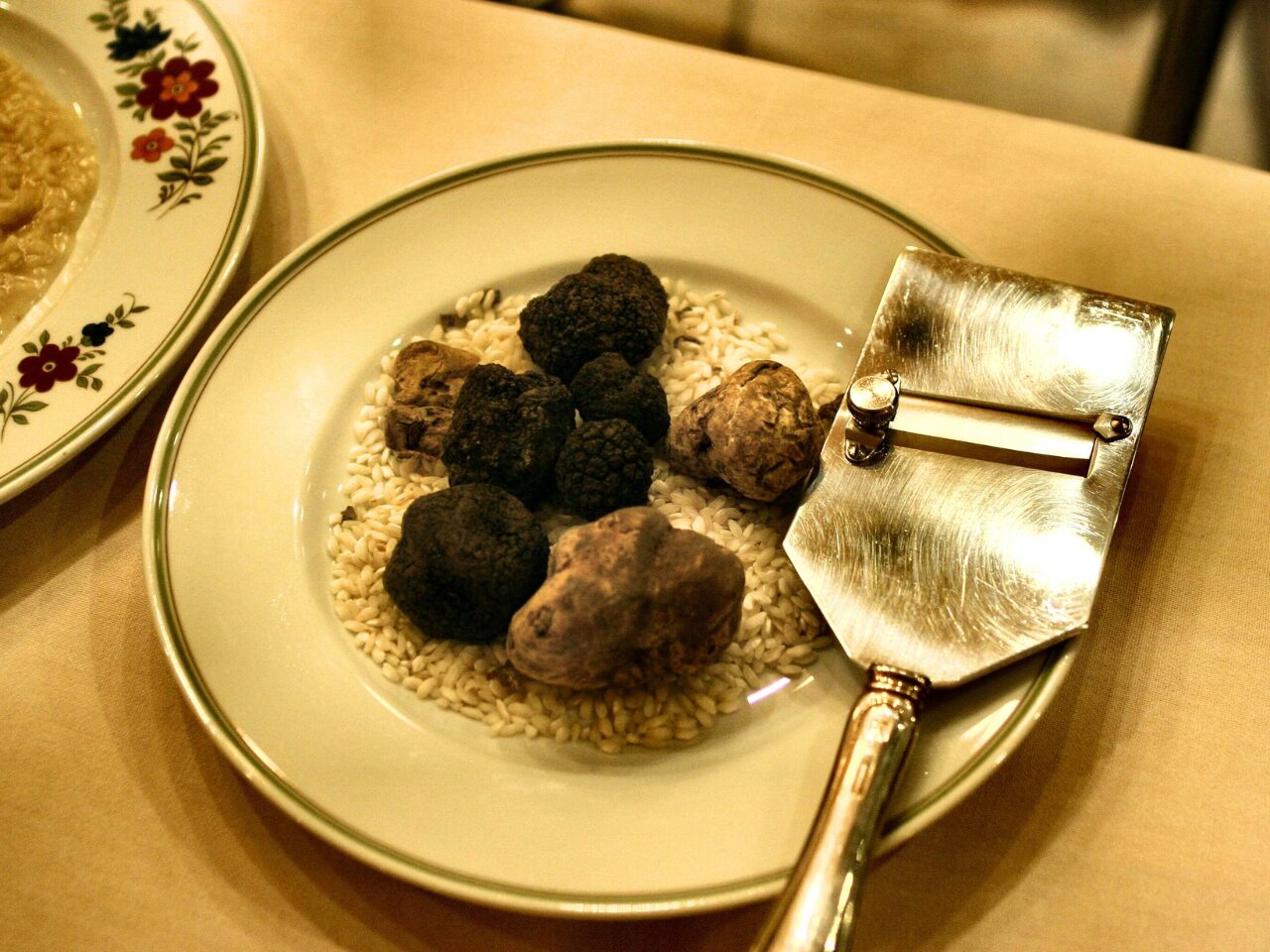
The earthy aroma of fresh truffles permeated everything in this region. Local restaurants showcase these treasures in simple dishes that let the truffle shine.
My favorite meal was a plate of tajarin pasta topped with butter and shaved white truffle at a small family restaurant. The owner beamed with pride as he shaved the precious fungus over my steaming plate.
Exploring the Farmacia Del Cambio Legacy
The historic Farmacia Del Cambio in Turin proved to be a culinary revelation I hadn’t expected to find. This restaurant, housed in a building dating back to 1757, blends tradition with modern creativity.
When I stepped inside, the elegant dining room with its crystal chandeliers took my breath away. The restaurant has served everyone from Cavour to Puccini throughout its storied history.

Chef Matteo Baronetto’s menu respects Piedmontese classics while adding contemporary touches. His vitello tonnato was the best version I’ve ever tasted – thinly sliced veal with a delicate tuna sauce.
The restaurant’s wine cellar houses over 4,000 bottles, primarily featuring local Barolo and Barbaresco wines. My sommelier guided me to a perfect pairing for each course.
Exploring Turin: The Heart of Piedmont
Turin captivated me with its elegant architecture, rich cultural heritage, and surprising lack of tourist crowds. The city serves as the perfect gateway to the beautiful Piedmont region while offering its own unique blend of history and modern Italian life.
Historic Allure and Juventus Pride
Walking through Turin’s historic center felt like stepping into an open-air museum. The stunning Piazza Castello forms the heart of the city, surrounded by royal palaces and museums that showcase Turin’s role as Italy’s first capital. I was mesmerized by the Mole Antonelliana, Turin’s iconic landmark that now houses the fascinating Cinema Museum.
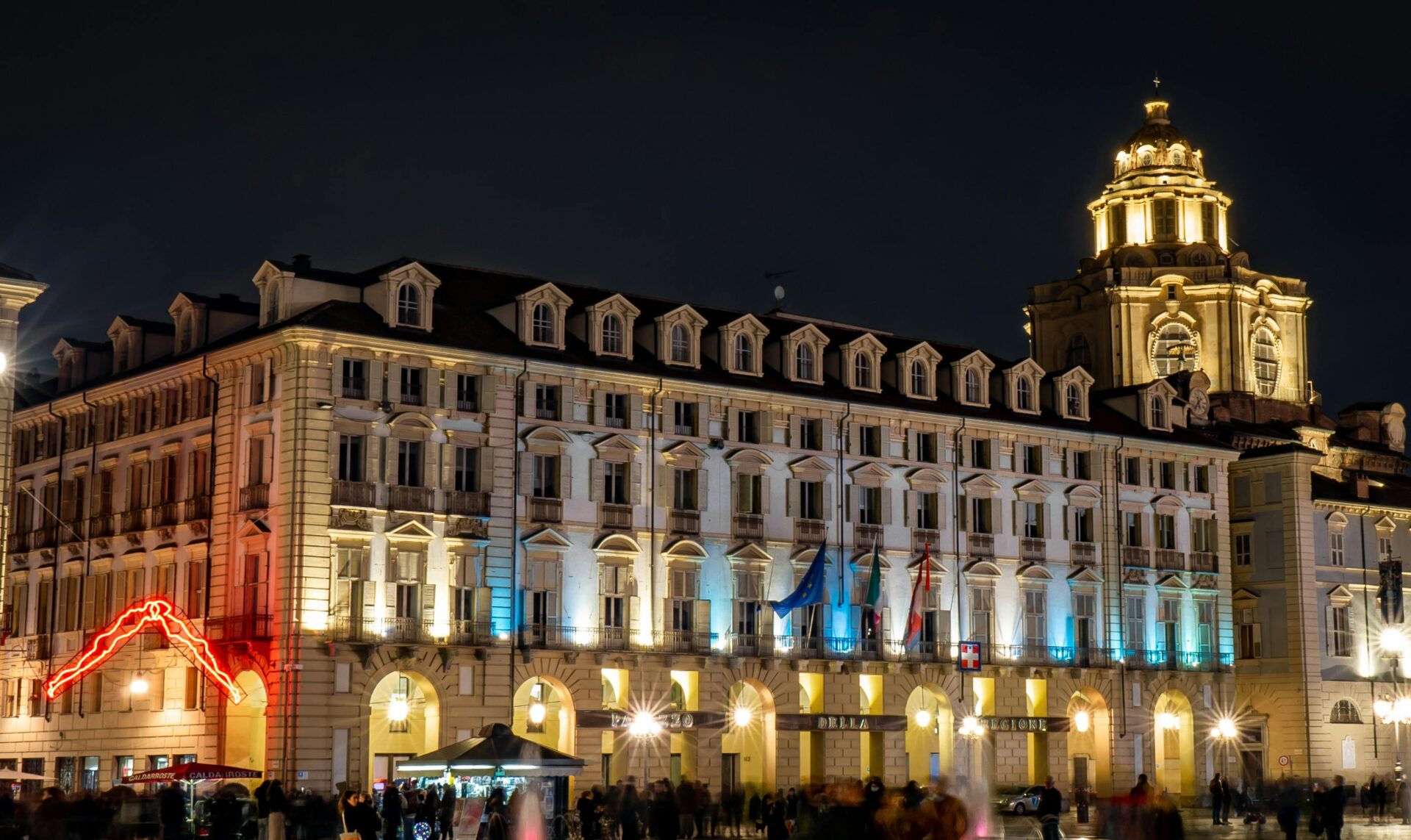
Sports culture runs deep here. Juventus Football Club isn’t just a team—it’s part of Turin’s identity. Fans wear their black and white stripes proudly, and the Allianz Stadium buzzes with energy on match days. Even if you’re not a football enthusiast, you can feel the passion that locals have for their beloved “Juve.”
The Royal Palace and Egyptian Museum surprised me—I didn’t expect to find the world’s second-largest collection of Egyptian artifacts outside of Cairo!
Turin’s Coffee Scene
Turin’s historic cafés transported me to another era. These aren’t just places to grab espresso; they’re institutions where intellectuals and artists once gathered. Caffè Al Bicerin served me their namesake drink—a heavenly layered concoction of espresso, chocolate, and cream that originated here in the 18th century.
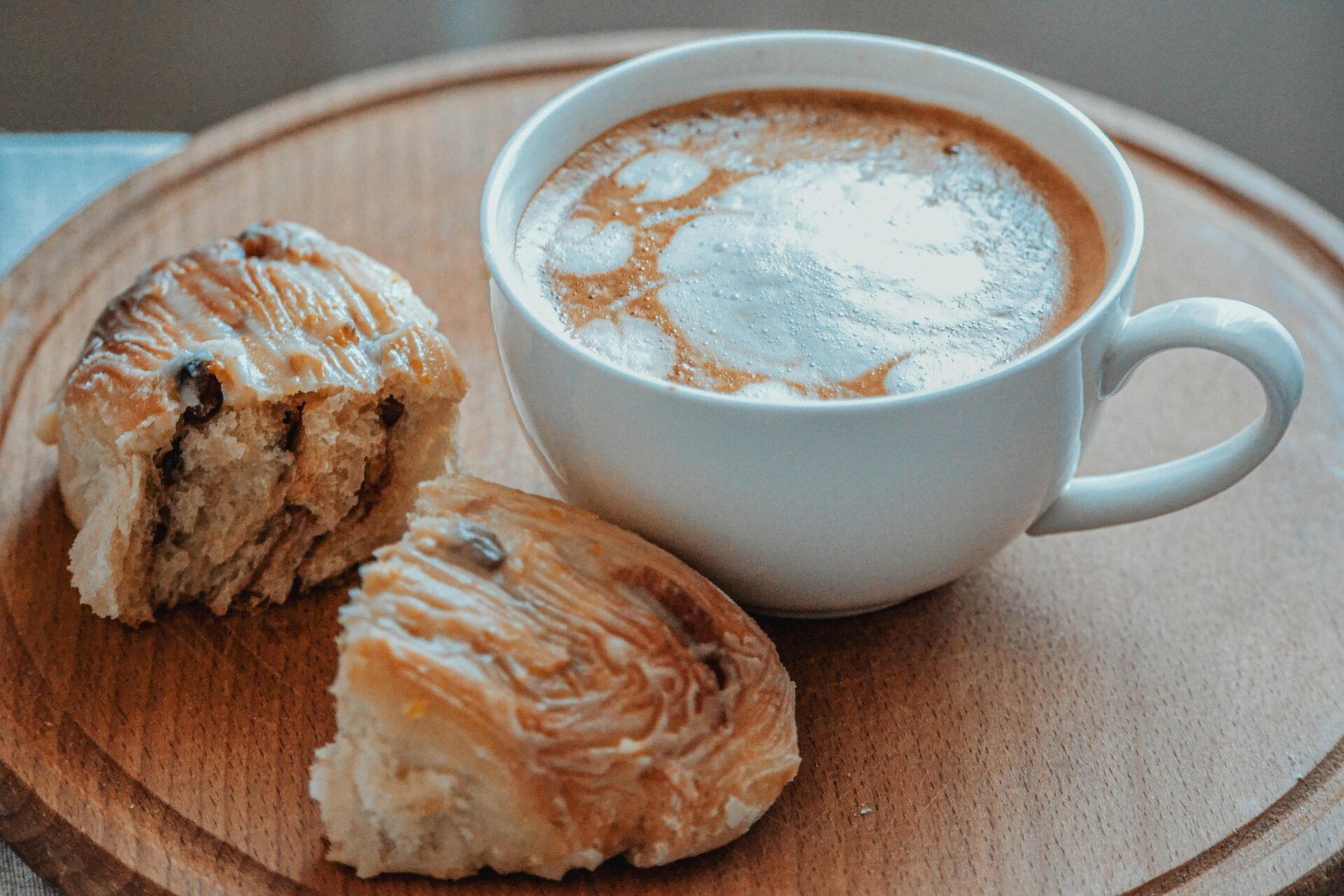
Coffee culture in Turin feels more refined than in other Italian cities. The cafés feature elegant interiors with marble countertops, chandeliers, and sometimes even live piano music. I spent hours at Caffè Torino in Piazza San Carlo, watching locals and sipping perfectly crafted coffee.
Turin also pioneered Italy’s aperitivo tradition. Each evening, bars set out impressive spreads of food that come free with your drink purchase—the perfect way to transition from afternoon sightseeing to evening dining.
Immersing in Local Culture: Festivals and Frescoes
The heart of Italy’s mountain regions beats strongest through its vibrant cultural traditions and artistic heritage. During my week exploring these lesser-known areas, I discovered celebrations that have remained unchanged for centuries alongside breathtaking artistic treasures hidden in small churches.
Seasonal Festivities and Traditions
I arrived in Piedmont during their spring harvest festival, a stroke of perfect timing! Locals welcomed me with glasses of regional wine and plates of fresh-made pasta. The main square transformed into a lively marketplace where artisans sold handcrafted items.
“You must try the traditional dance,” an elderly woman told me, pulling me into a circle of villagers moving to accordion music.
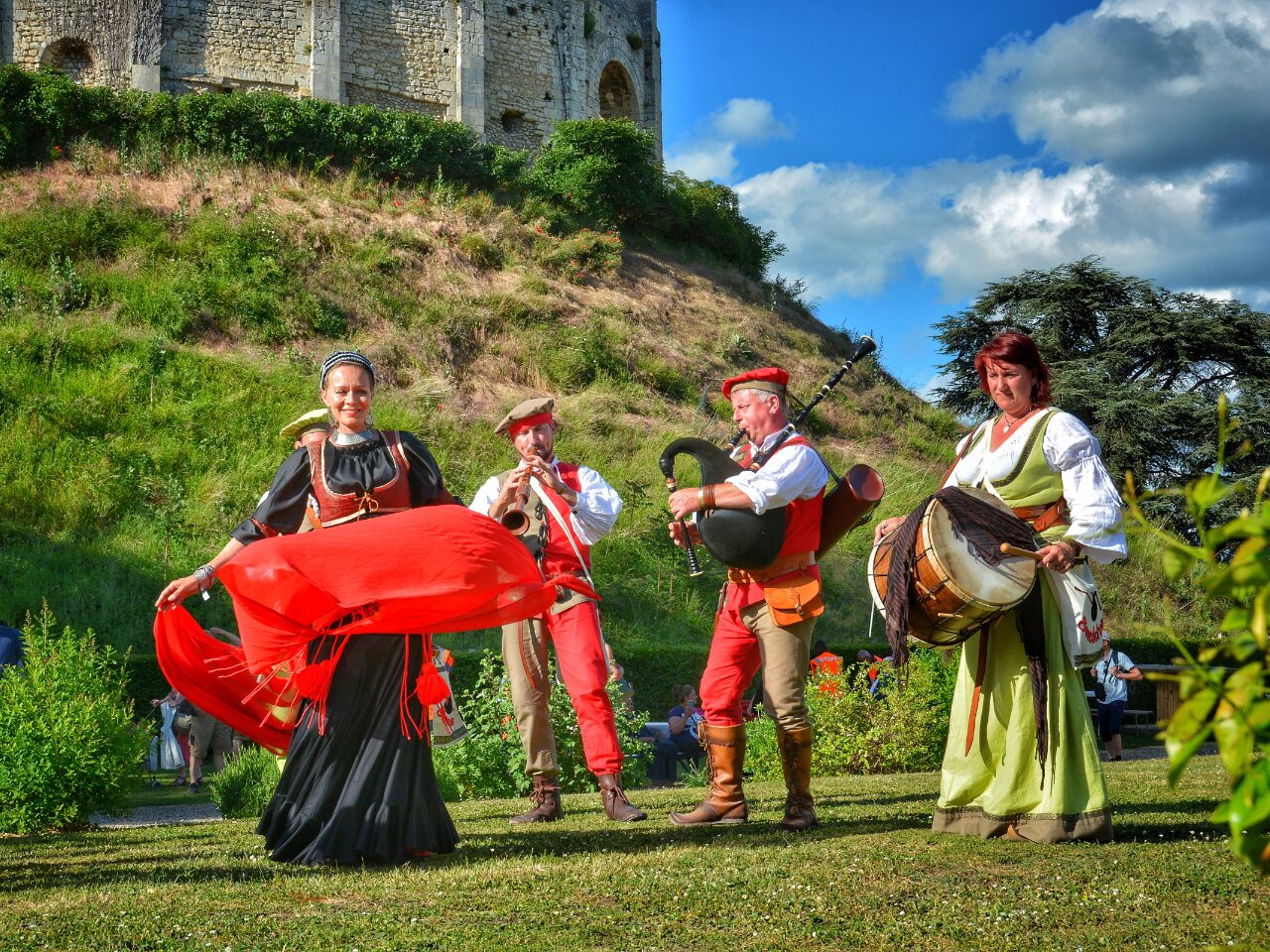
What surprised me most was how festivals here connect directly to agricultural cycles. Unlike touristy events in major cities, these celebrations serve practical purposes—marking planting seasons and harvest times.
I joined a family for their weekend feast where three generations gathered around a massive table. They shared stories about how these traditions survived through wars and economic changes.
Artistic Heritage: A Journey Through Frescoes
The mountain churches in Piedmont hold stunning artistic treasures that few tourists ever see. Many contain frescoes dating back to the 14th century, preserved by the cool, dry mountain air.
I visited a tiny chapel where vibrant biblical scenes covered every wall. The colors—brilliant blues and earth-toned reds—looked freshly painted despite their age.

“Our ancestors couldn’t read,” my local guide Paolo explained, “so these images told the sacred stories.”
The most remarkable frescoes appeared in an unassuming church off a hiking trail. I had to use my phone flashlight to see the detailed painting of village life from 500 years ago.
Artists often incorporated local landscapes into religious scenes. I spotted familiar mountain peaks in depictions of biblical events, creating a unique regional interpretation of universal stories.
The Adventurer’s Guide to Hiking in Piedmont
Piedmont offers some of the most stunning hiking experiences I’ve encountered in Italy. Yet, surprisingly few travelers venture to its magnificent trails. The region lives up to its name—literally “foot of the mountains”—with breathtaking Alpine landscapes that cater to all skill levels.
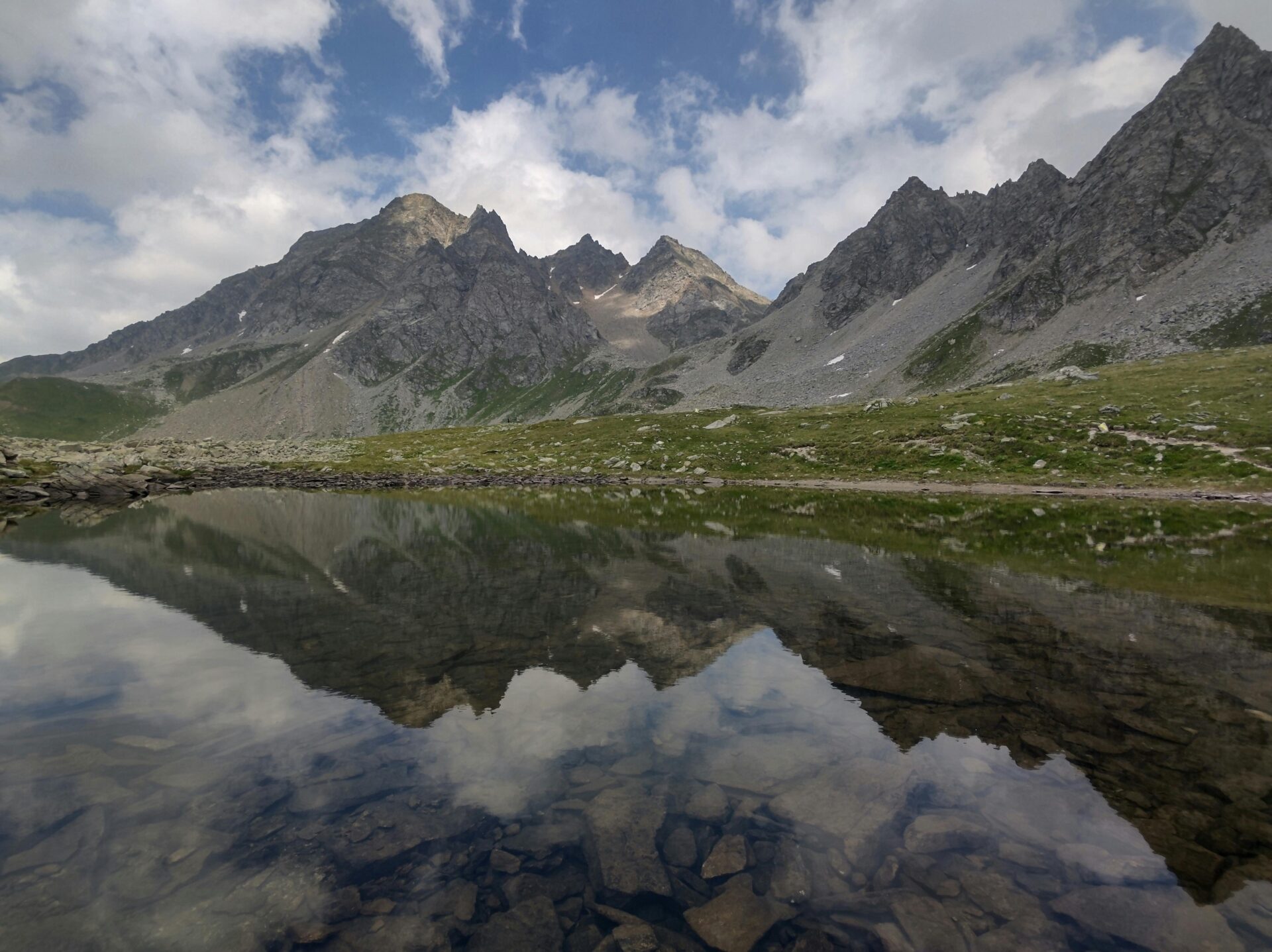
Val Grande National Park became my personal favorite during my visit. The wild, untamed nature here creates an almost mystical hiking experience. Routes wind through dense forests and open up to panoramic vistas.
For more challenging adventures, Gran Paradiso National Park delivers spectacular high-altitude trails. I spent a full day hiking here and spotted several ibex grazing peacefully on distant slopes.
Best Hiking Areas in Piedmont:
- Val Grande National Park (beginner to intermediate)
- Gran Paradiso National Park (intermediate to advanced)
- Vineyard trails of Langhe (easy, with wine tasting opportunities)
- The Alpine paths near Turin (varied difficulty)
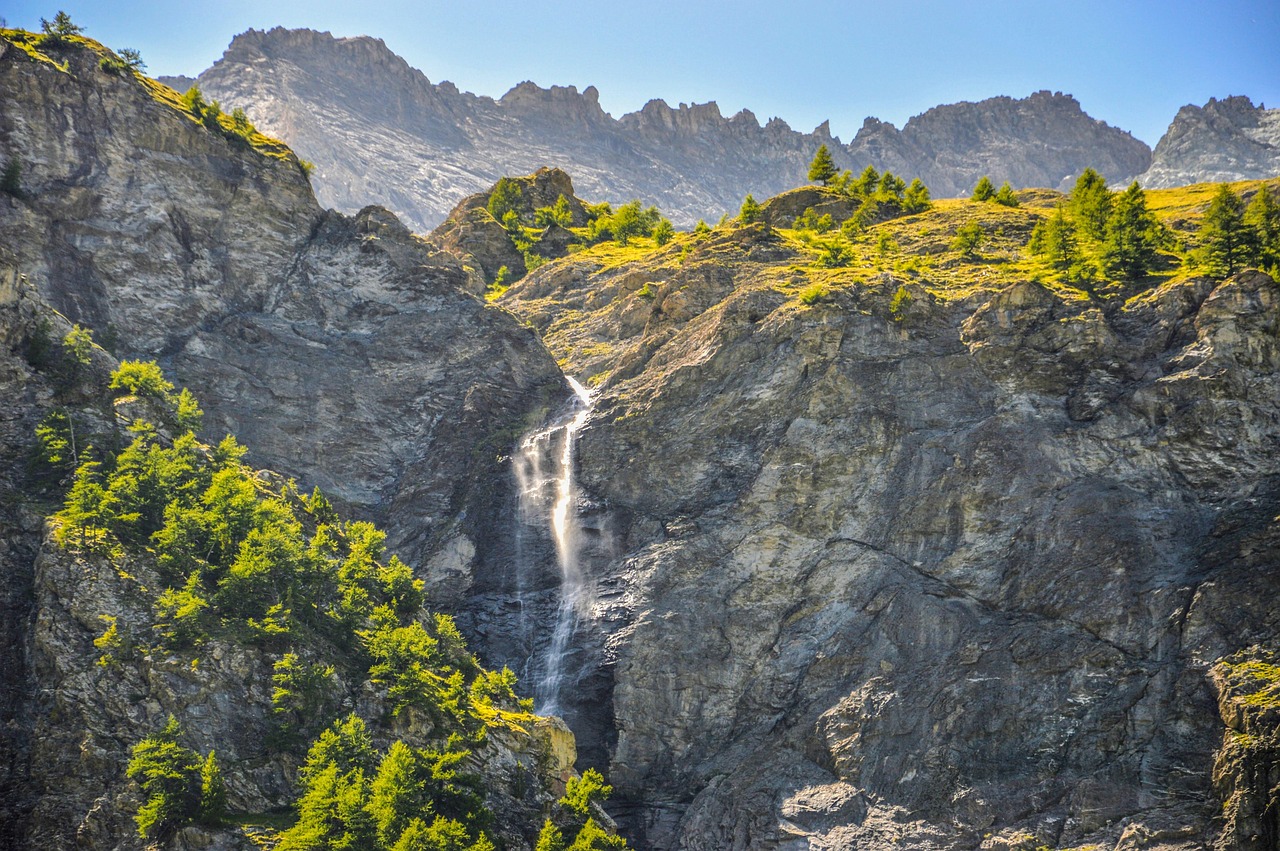
What makes Piedmont hiking special is the dramatic contrast between untouched wilderness and charming medieval villages. After a morning trek, I often found myself relaxing in a small village café, enjoying local cheeses and wines.
The best hiking months are May through October. During my visit, September offered the perfect combination of mild weather and fewer tourists. Many trails provide options for both day hikes and multi-day treks with mountain refuges along the routes.
Remember to pack layers even in summer—the mountain weather can change quickly. My most memorable hike ended with an unexpected rain shower that transformed the landscape into a misty wonderland.

